13 Reasons to Choose Agile Project Management Methods
LiquidPlanner
FEBRUARY 1, 2023
Are you thinking about introducing agile processes to your project management methodology? You’ve a few case studies, you’ve perhaps even seen agile working effectively at other companies. Additionally, it may not be enough for you to know that agile methods are a logical addition to your toolset at work. So why choose agile?


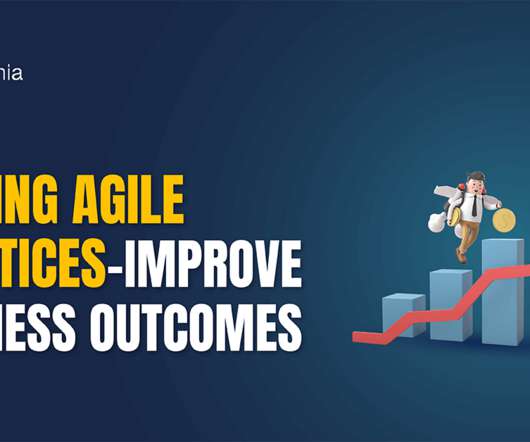
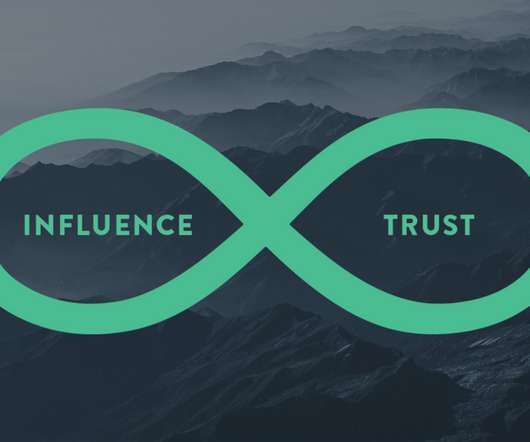



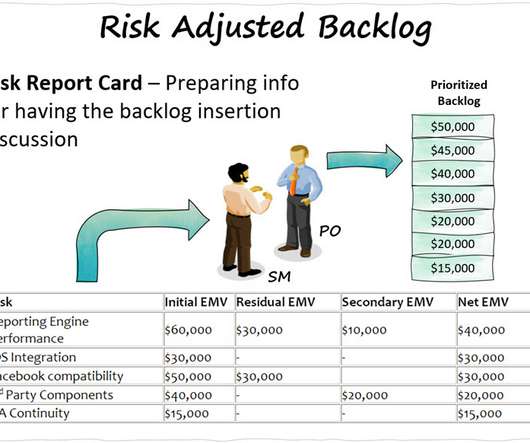




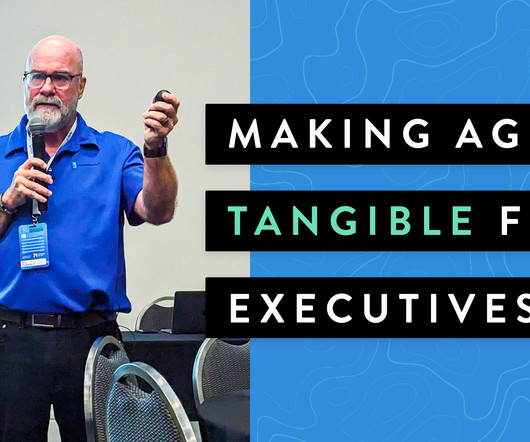



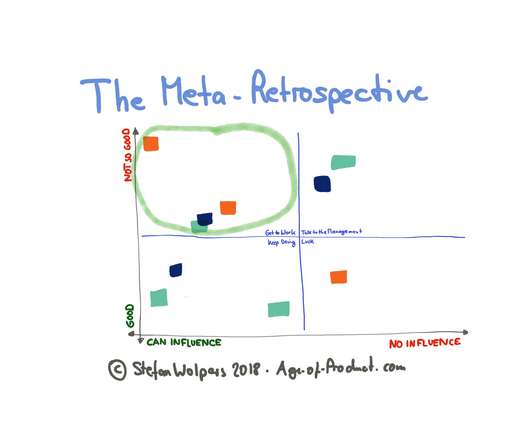









Let's personalize your content